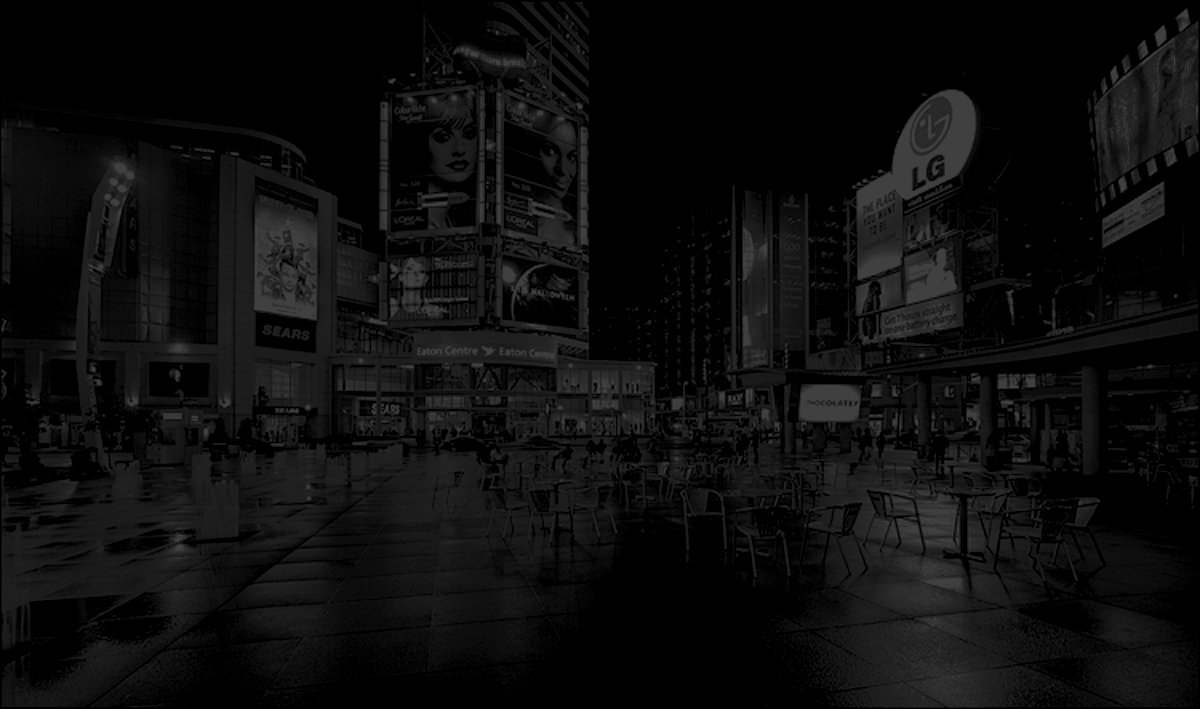Like Gotham City in Batman, Renaissance gives an impression of a specific urban future. In this case, however, both the place and time are very explicit – Paris in the year 2054. In this computer-generated film we are given a very realistic and not unreasonable depiction of a major European city 50 years from now. Paris is seen as a dense network of transportation systems rendered visible by the apparent drop in level of the river Seine, and as a migration upwards of glass cubes containing green spaces that hover over the traditional Haussmann fabric of the present-day city. While these futuristic impressions are certainly engaging, their rawness and legitimacy almost negate the excitement and awe most ultramodern impressions possess. The observer sees the depiction, and is convinced. How then can its representation resonate on another level? One major element that ties all the different spaces and levels of the new city together is the presence of propaganda-style advertising by the city’s main corporation, Avalon.
The ever-present signage and symbols of Avalon potentially allude to the direction our own society and urban spaces are taking in this age of globalization and mass consumerism. Just like current examples such as Dundas Square, Times Square, and the Shibuya or Ginza districts of Tokyo, mass advertisements are taking over many of our urban spaces. Paradoxically, these mass symbols can both ground us in a particular time and place, while also abstracting us from it and connecting us to the universal level of the product or idea. The presence of Avalon propaganda everywhere in 2054 Paris – on the streets, in the subway, along the riverbank, in the sky – is alarming. And it is the convincing portrayal of urban space and form by the film’s creators that extends that realism into the realm of the messages they convey. The takeover of urban space by a singular idea or corporation is given great validity, and that speaks directly to the film’s viewers and makes us question our complacence in our own world.
The urban space in the film is also used indirectly to drive the message of Avalon home. Numerous of Paris’ great historical landmarks are seen to persist in its urban future – the Sacre Coeur, Notre Dame Cathedral, the Haussmann-era blocks, etc. The duration of these structures as symbols of beauty alludes to Avalon’s chief export – eternal youth and beauty. Perhaps that is the only reason they’ve been kept – they are not meant to convey information of the collective history and memory of Paris, but rather to illustrate a corporation’s mantra. This is perhaps evidenced in the film never showing the historical Arc de Triomphe (a symbol of state control), but rather the distinctly arch-influenced futuristic Avalon headquarters (a symbol of corporate control). The urban spaces of the city are controlled to convey a specific corporate message through the images and information they convey and the architectural symbols they imply.

